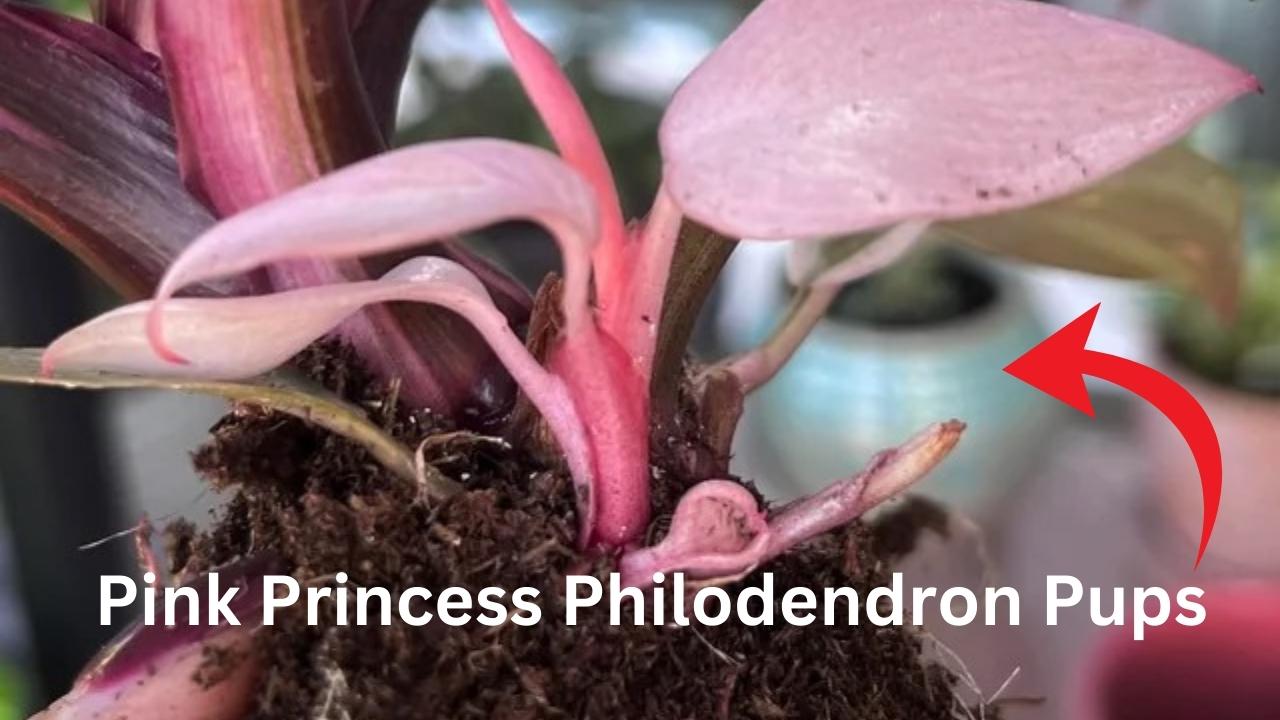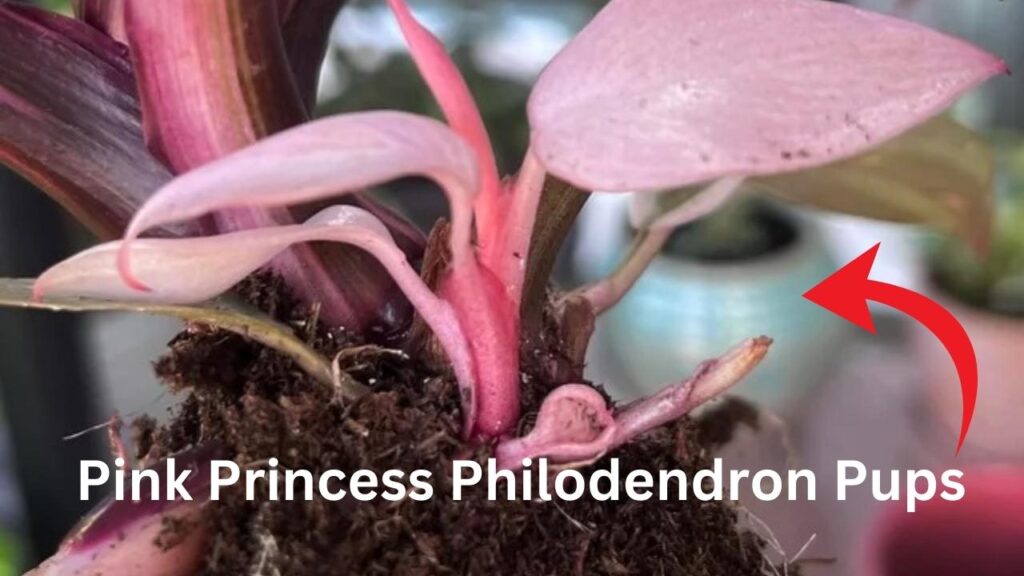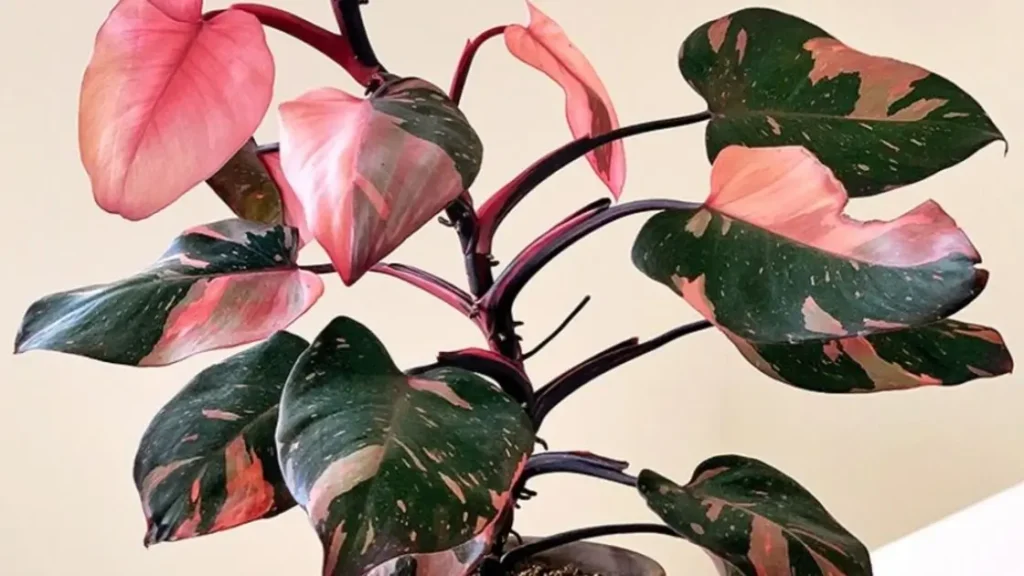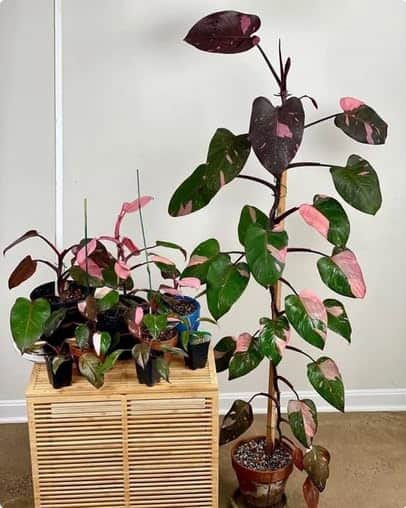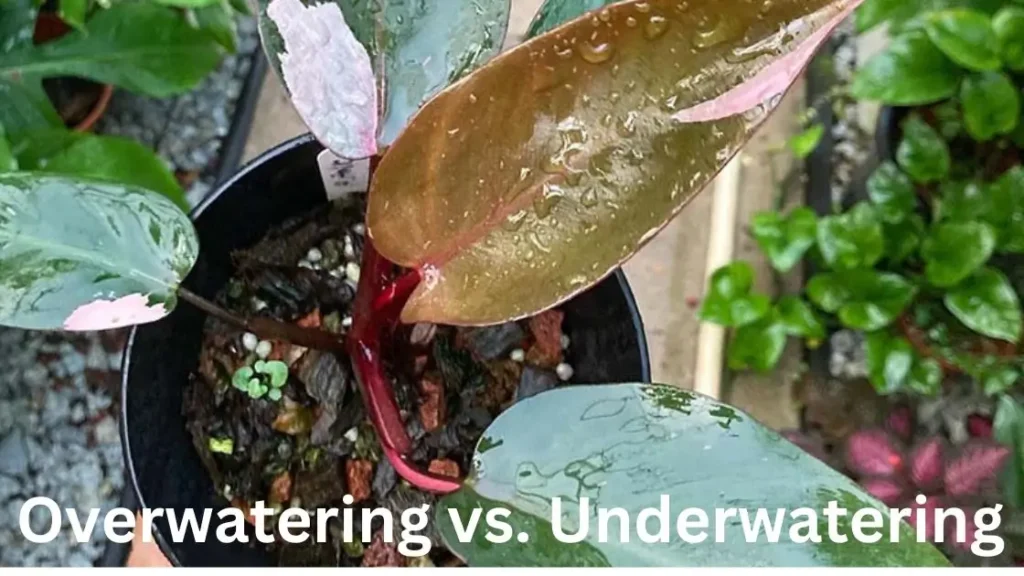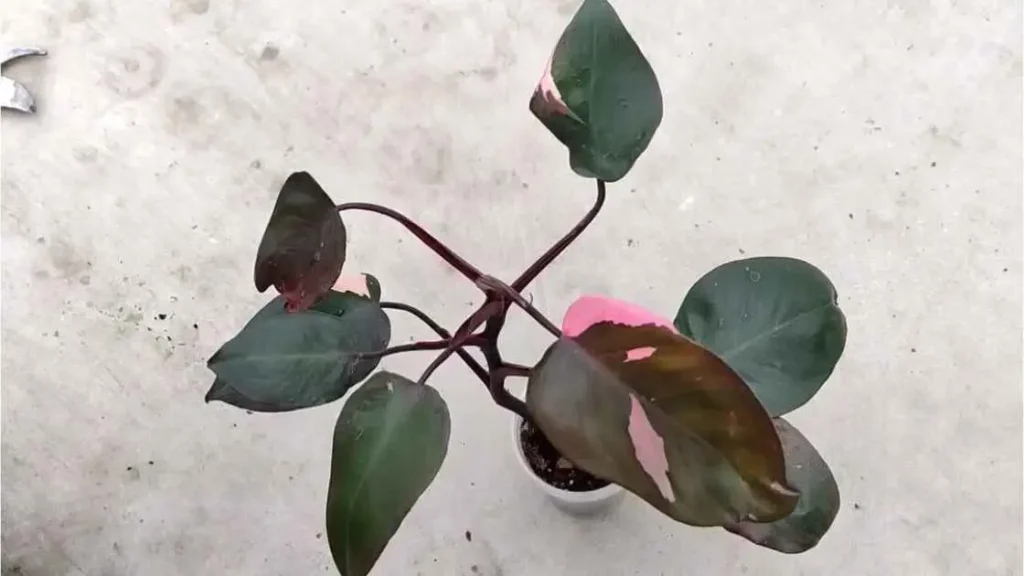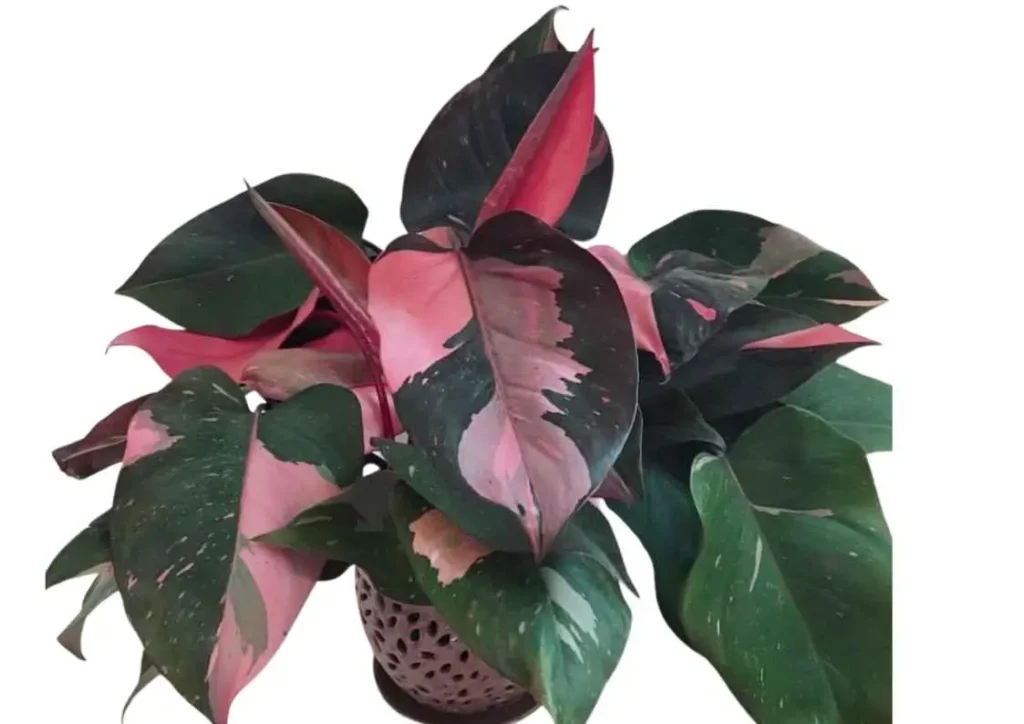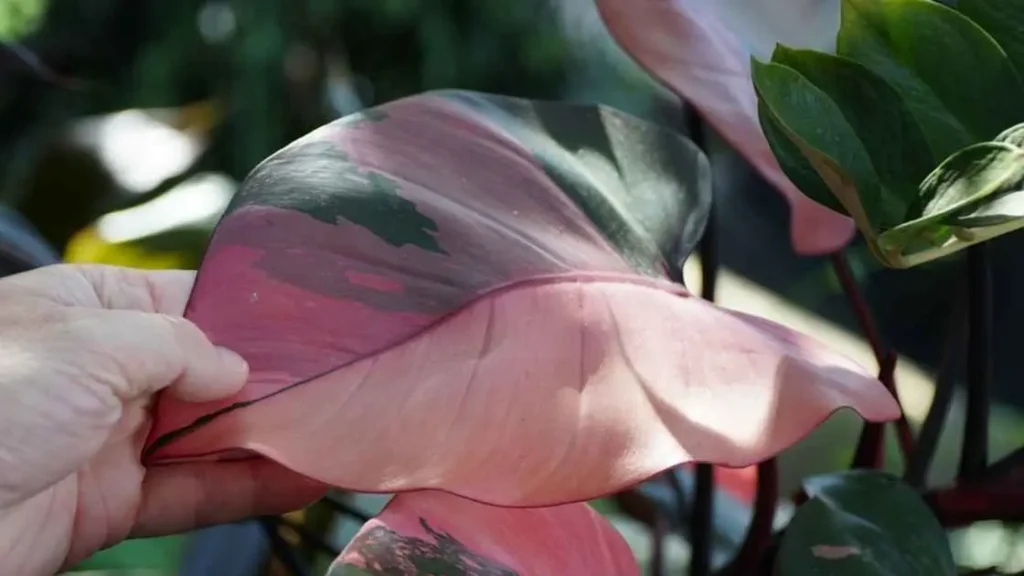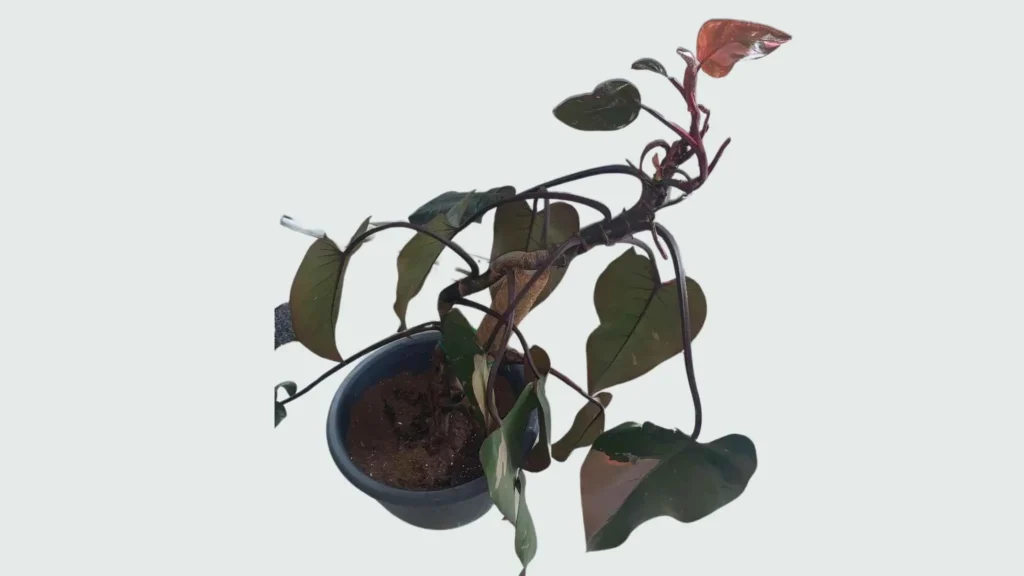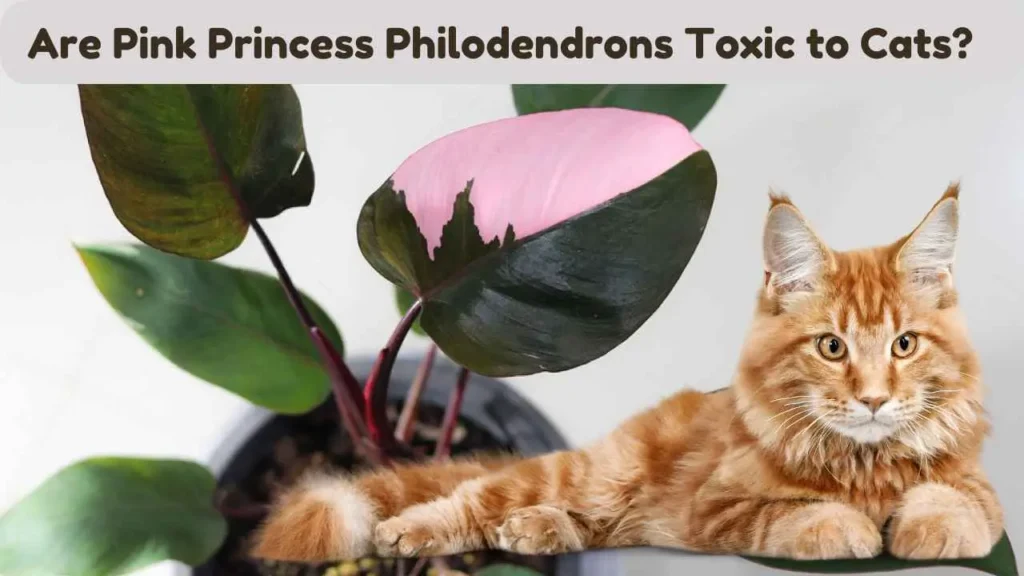Table of Contents
ToggleDo you dream of growing your own Pink Princess Philodendron without having to buy another expensive plant? If you’ve noticed tiny shoots popping up near the base of your Pink Princess, these little growths might be pups — nature’s way of helping your plant multiply. Understanding Pink Princess Philodendron pups can be the key to expanding your collection and enjoying even more of those stunning pink and green leaves. In this guide, you’ll learn how to identify, care for, and successfully propagate these adorable offshoots. By the end, you’ll have all the knowledge you need to nurture your pups into healthy, beautiful plants.
Understanding Pink Princess Philodendron Pups
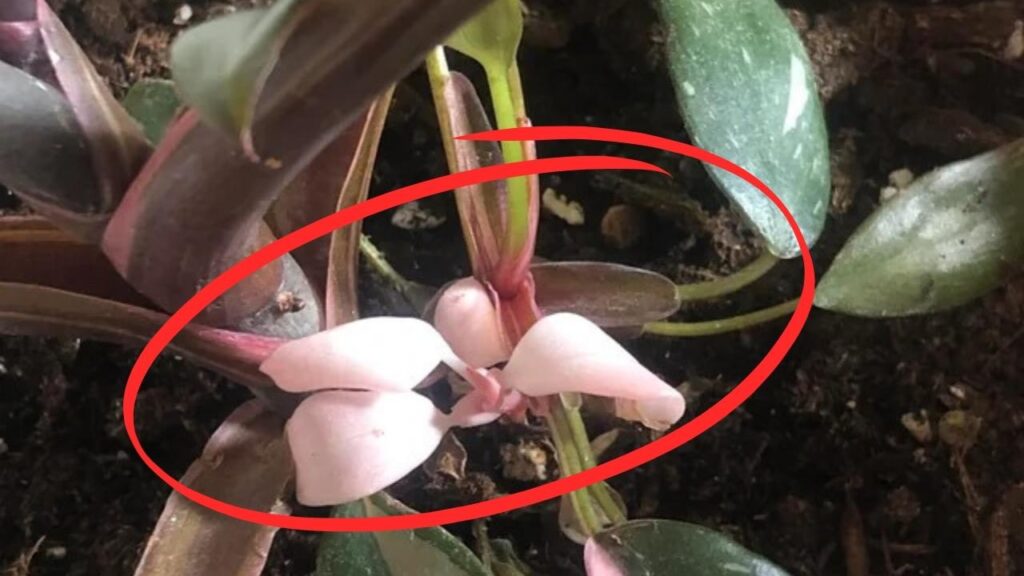
To understand what Pink Princess Philodendron pups are, we need to define the term “pup.” In the plant world, pups are small, new shoots or offshoots that grow from the base of the mother plant. They are essentially baby plants, genetically identical to the parent plant.
For the Pink Princess Philodendron, pups can sometimes appear as tiny shoots near the main stem or from the roots. These pups can be an exciting discovery because they offer a natural way to propagate the plant. However, not every Pink Princess Philodendron will produce pups regularly, as this can depend on factors like the plant’s health, growing conditions, and age.
Why Do Pink Princess Philodendrons Produce Pups?
Pink Princess Philodendron pups are a natural growth response. The plant uses pups as a way to expand and multiply. When conditions are right — such as proper light, nutrients, and care — the plant may start sending out these new growths. It’s a sign of a healthy, thriving plant.
In short, Pink Princess Philodendron pups are a bonus for plant lovers, giving them the chance to expand their collection without needing to buy another plant.
Identifying Pink Princess Philodendron Pups
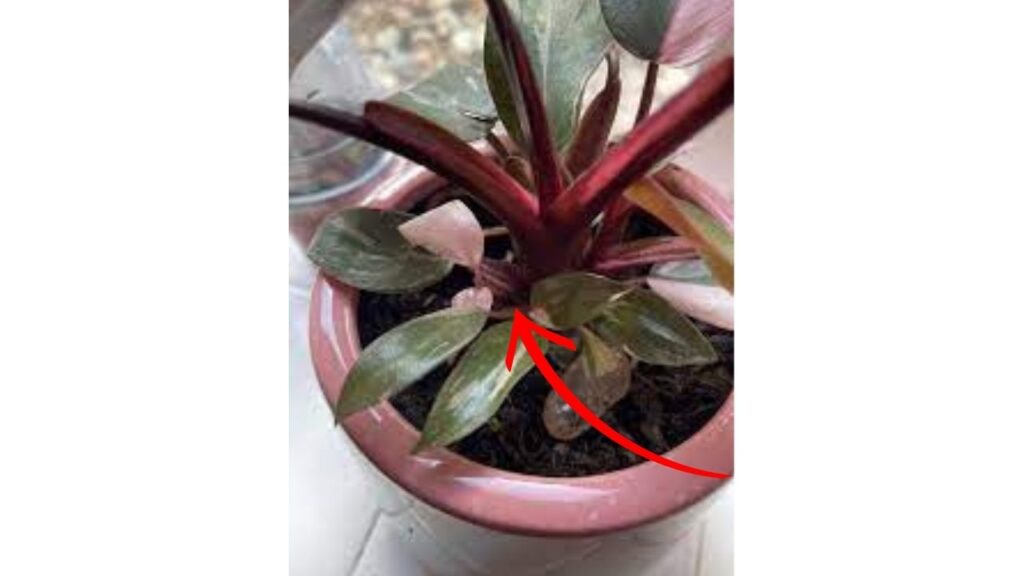
Now that you know what Pink Princess Philodendron pups are, let’s talk about how to spot them. Identifying pups is key if you want to propagate your plant correctly.
How Do Pink Princess Philodendron Pups Look?
Pink Princess Philodendron pups usually appear as small shoots or tiny leaves growing near the base of the main plant. They often look like miniature versions of the parent, with similar pink and green variegation. These new growths may be attached to the main stem or might sprout from the root area. The pups can be very small at first, so keep a close eye on the lower part of your plant.
When to Expect Pups?
Not every Pink Princess Philodendron will produce pups, but if your plant is healthy and has been growing well, you might start to notice pups forming. New pups often appear during the growing season, especially in spring and summer when the plant is most active.
Key Signs of a Pup:
- Small, new shoots emerging near the soil line.
- New leaves that look similar to the parent plant’s variegation.
- The pup is attached directly to the base or near the main stem.
If you spot these signs, you likely have a new pup forming. Recognizing these growths early is important if you plan to separate and propagate them.
Propagating Pink Princess Philodendron Pups
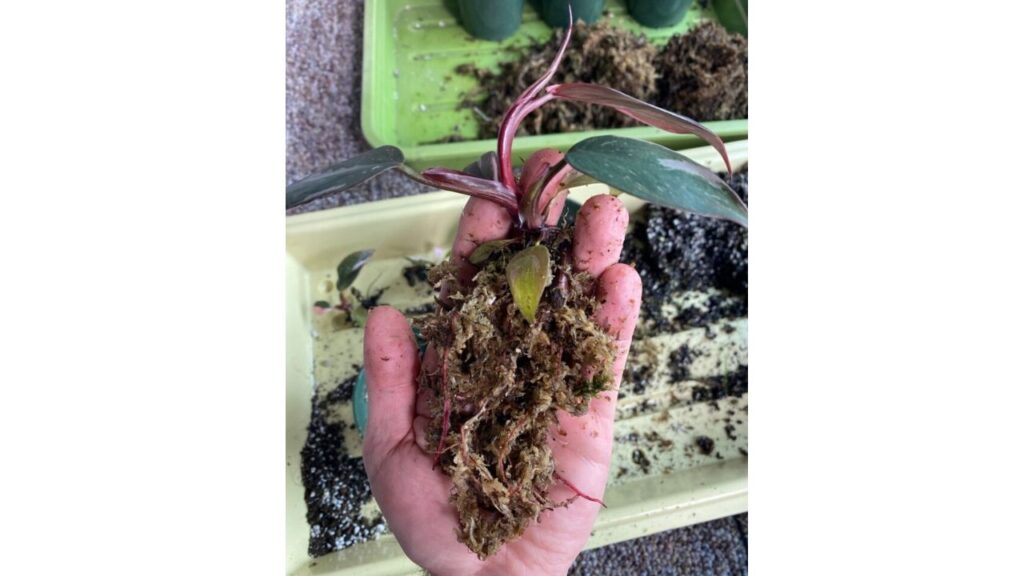
Propagating Pink Princess Philodendron pups is an exciting way to grow your plant collection. It’s a simple process, but it does require careful handling to ensure the pup survives and thrives. Here’s how you can do it step by step.
Step 1: Prepare Your Tools and Materials
Before you start, gather everything you need:
- Clean, sharp knife or pruning shears
- Small pot with drainage holes
- Fresh, well-draining soil mix
- Rooting hormone (optional, but can help with faster rooting)
Make sure your tools are clean and sterilized to prevent infections.
Step 2: Check the Pup’s Readiness
Not all Pink Princess Philodendron pups are ready to be separated. Look for pups that have a few leaves and some roots of their own. If the pup is too small or has no roots yet, it’s best to leave it attached to the mother plant for a while longer.
Step 3: Carefully Remove the Pup
Using your knife or pruning shears, gently cut the pup away from the mother plant. Make sure you include some roots with the pup. Be careful not to damage the main plant or the roots of the pup.
Step 4: Plant the Pup in a New Pot
Fill a small pot with fresh, well-draining soil. Place the Pink Princess Philodendron pup in the center and cover the roots with soil. Press the soil down gently to secure the pup in place.
Step 5: Water and Place in the Right Spot
Water the pup lightly after planting. Keep the soil moist but not soaked. Place the pot in a spot with bright, indirect light. This will help the pup grow strong without getting too much direct sunlight.
Step 6: Monitor and Care for the New Plant
Check on your new Pink Princess Philodendron pup regularly. Look for signs of new growth, which means the propagation was successful. Keep the humidity high, as young plants need extra moisture.
By following these steps, you can successfully propagate Pink Princess Philodendron pups and enjoy watching them grow into full plants.
Caring for Your Pink Princess Philodendron Pups
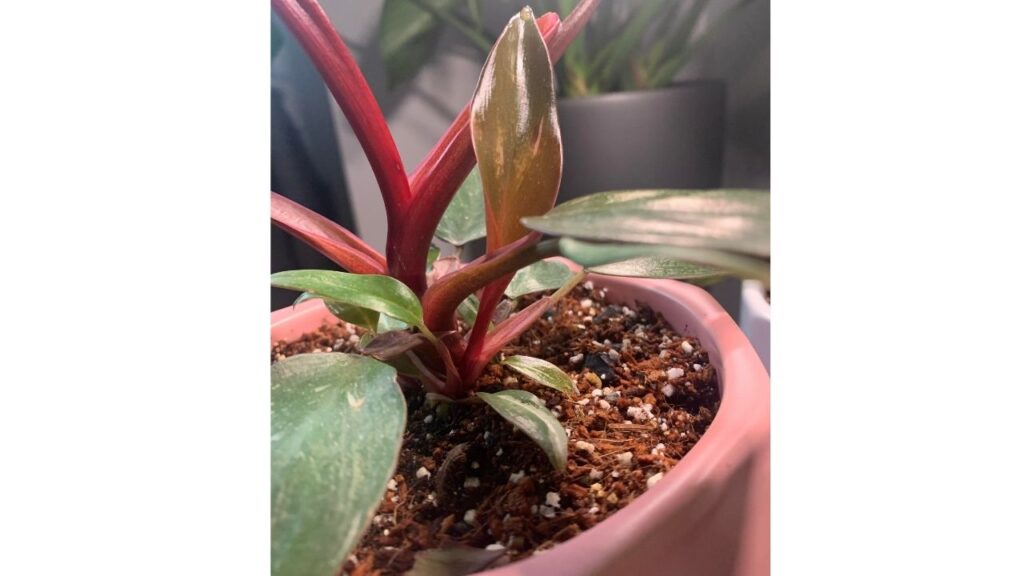
Once you have successfully propagated your Pink Princess Philodendron pups, the next step is to provide proper care. Good care will help your pups grow healthy and strong.
A. Light Requirements
Pink Princess Philodendron pups need bright, indirect light. Place them near a window where they get filtered sunlight. Avoid direct sun, as it can scorch the leaves, especially the delicate pink parts. If your home is dim, you can use a grow light to give your pups the light they need.
B. Watering Tips
Pink Princess Philodendron pups prefer moist soil but do not like to sit in water. Check the soil with your finger; if the top inch feels dry, it’s time to water. Pour water slowly until it drains out the bottom of the pot. Make sure to empty the saucer to prevent root rot.
C. Soil and Potting Mix
Use a well-draining soil mix. A mix of regular potting soil, perlite, and orchid bark works well. The soil should hold some moisture but also allow excess water to drain. This helps prevent issues like root rot, which can harm your pups.
D. Temperature and Humidity
Pink Princess Philodendron pups thrive in warm and humid conditions. Keep the temperature between 65°F to 80°F. Higher humidity (around 60% or more) is ideal. If your home is dry, consider using a humidifier or placing the plant on a humidity tray.
E. Fertilization
Feed your Pink Princess Philodendron pups with a balanced, liquid fertilizer once a month during the growing season (spring and summer). Use a diluted mix to avoid burning the young roots. In winter, you can skip feeding since the plant’s growth slows down.
F. Signs of Healthy Growth
Watch for new leaves and vibrant colors as signs of a healthy Pink Princess Philodendron pup. If you see steady growth and no signs of yellowing or wilting, your care routine is on track.
By providing the right light, water, soil, and temperature, your Pink Princess Philodendron pups will have everything they need to thrive and grow into beautiful plants.
Common Challenges and Solutions for Pink Princess Philodendron Pups
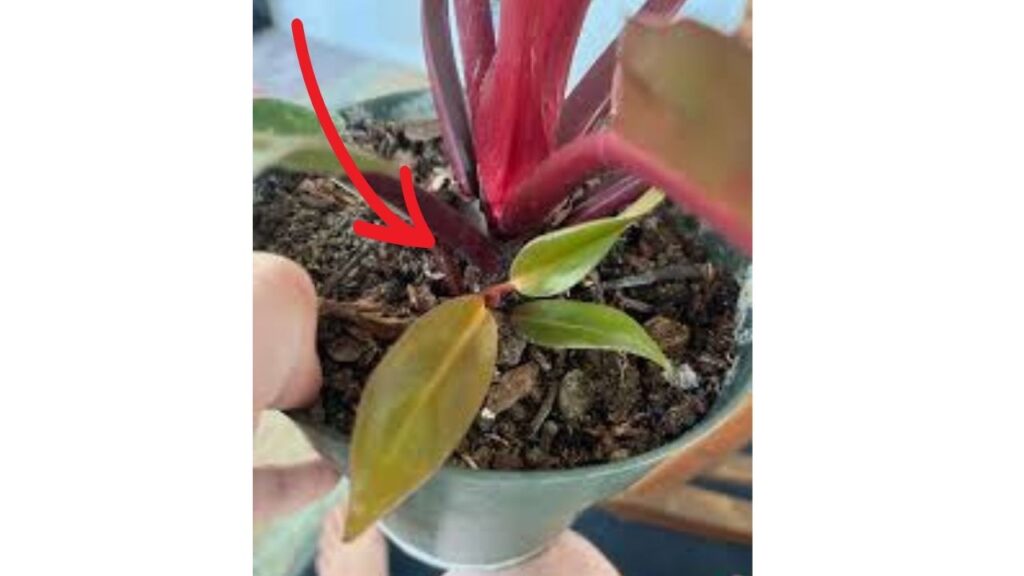
Even with the best care, you may run into some problems with your Pink Princess Philodendron pups. Here are the most common issues and how to fix them.
A. Pests and Diseases
Pests like spider mites, aphids, and mealybugs can harm Pink Princess Philodendron pups. You may notice tiny insects, sticky residue, or small holes in the leaves. To treat pests:
- Wash the plant with soapy water, using a gentle spray.
- Wipe the leaves with neem oil or an insecticidal soap.
- Check your plant often to catch pests early.
Diseases, such as root rot, can also be a problem. Root rot happens when the soil stays too wet. If your pup’s leaves turn yellow and the stems feel mushy, check the roots. Remove any dark, mushy roots and repot the plant in fresh, dry soil.
B. Growth Issues
If your Pink Princess Philodendron pups are growing tall and thin with fewer leaves, they might not be getting enough light. This is called “leggy growth.” Move your plant to a brighter spot with indirect light, or use a grow light to help.
Another issue is loss of variegation, where the pink color fades. This often happens when the plant does not get enough light. Increase the light exposure gradually, but avoid direct sun, as it can damage the leaves.
C. Environmental Stress
Changes in the environment can stress Pink Princess Philodendron pups. Cold drafts, sudden temperature changes, or dry air can cause leaf drop or browning edges. To prevent this:
- Keep the plant away from cold windows or heating vents.
- Use a humidifier or mist the leaves to boost humidity.
- Maintain a stable temperature between 65°F to 80°F.
D. Overwatering or Underwatering
Watering issues are a common problem for Pink Princess Philodendron pups. Overwatering can lead to root rot, while underwatering can cause dry, crispy leaves. Check the soil before watering. If the top inch feels dry, it’s time to water. If the soil feels damp, wait a few days.
By addressing these common challenges quickly, you can help your Pink Princess Philodendron pups stay healthy and grow well.
Conclusion
Caring for Pink Princess Philodendron pups can be a rewarding experience. These little offshoots are a sign that your plant is healthy and thriving. By learning to identify, propagate, and care for these pups, you can expand your collection and enjoy watching new plants grow.
Remember the key points: provide bright, indirect light, use well-draining soil, and avoid overwatering. Keep an eye out for pests and adjust the environment if your pup shows signs of stress. Patience is important, as pups need time to develop strong roots and vibrant leaves.
With the right care, your Pink Princess Philodendron pups will grow into stunning, full-sized plants, adding beauty and color to your home. Enjoy the process, and don’t hesitate to share your success with fellow plant enthusiasts. Happy growing!
Frequently Asked Questions (FAQs)
How can I encourage my Pink Princess Philodendron to produce pups?
To encourage your Pink Princess Philodendron to produce pups, ensure it receives bright, indirect light and maintain a warm, humid environment. Regular feeding during the growing season and proper watering can also promote healthy growth, increasing the chances of pup development.
Is it possible to propagate Pink Princess Philodendron without pups?
Yes, you can propagate Pink Princess Philodendron through stem cuttings. Cut a healthy stem with at least one node, place it in water or moist soil, and provide appropriate care to encourage root development.
What should I do if my Pink Princess Philodendron pup isn’t growing?
If your pup isn’t growing, check its environment. Ensure it’s getting enough light, the right amount of water, and proper humidity. Also, inspect for pests or diseases that might be affecting its health.
Can I leave the pup attached to the mother plant?
Yes, you can leave the pup attached. It will continue to grow alongside the mother plant. However, separating it allows both plants to have more space and resources to thrive.
How often should I water my Pink Princess Philodendron pup?
Water your pup when the top inch of soil feels dry. Overwatering can lead to root rot, so ensure the pot has good drainage and avoid letting the plant sit in water.
Related
Discover more from Pink Philodendron
Subscribe to get the latest posts sent to your email.

